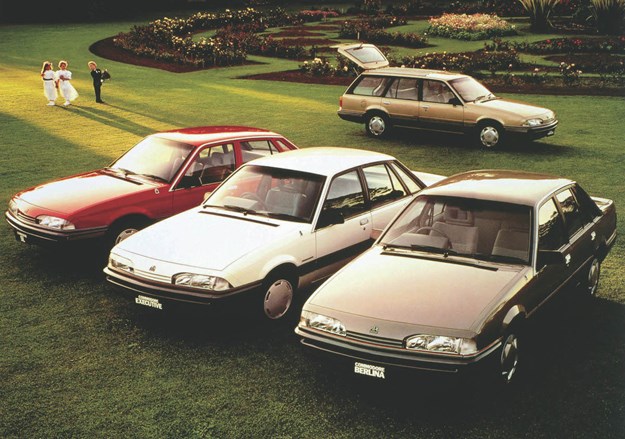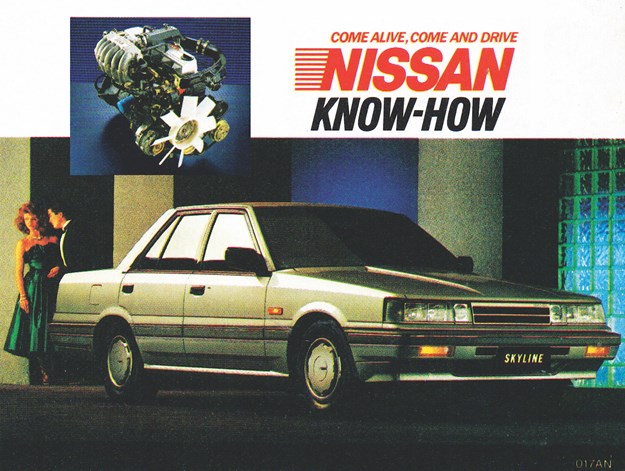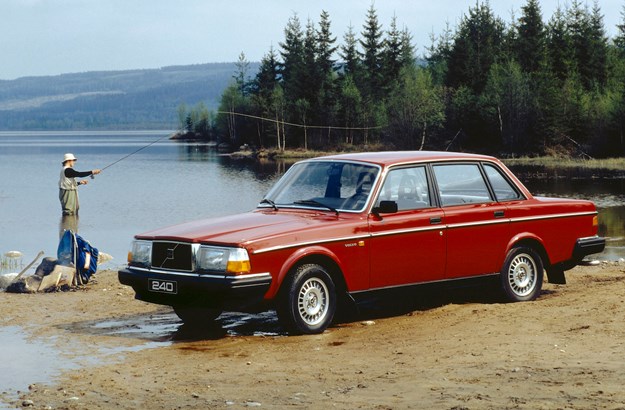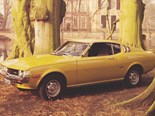Market Watch: Car-Park Classics
Humble fleet cars are establishing their own niche.
.jpg)
|
|
Get that Nissan Know-How.
|
Back before business vehicles had to evade the grasping tentacles of Fringe Benefits Tax, senior employees drove conventional cars, defining their status in the company.
Today, the car park has hardly a four-door sedan in sight, with the boss driving a kitted out Ranger Wildtrak and the oinks in steel-wheel HiLuxes. The pecking order is maintained.
Head back to the 1980s, when Holden actually used ‘Executive’ as a designation within the Commodore range, and everything available as executive transport was a sedan or wagon; mostly delineated by suffixes like GLX, GXE or EFI.
Most weren’t overly plush, but they weren’t barren either. All of our choices came with power steering and almost certainly would be air-conditioned.
Power windows would have been included on some models, with cruise control and a rudimentary ‘trip computer’ option, or not available at all.
Good news for keen drivers was all-wheel disc brakes across the group, with decent tyres and suspension to match.
More than 30 years after the newest of these cars was sold, four of our five selected models still cost less than when they were new, but are expected to hold their own and maybe appreciate.
VL Berlinas are the most expensive, with excellent cars at around $30,000. Back a bit from the Holden’s heels will be the XF EFI Ghia, which when new in 1988, cost $28,782. A sedan today will typically cost less than $25,000, but Ghia wagons are keenly sought and more expensive.
A Cressida Grande and Skyline GXE in excellent condition will likely make $12-15,000, with B230F Volvo models at $10-12,000.
HOLDEN VL BERLINA

Holden was so terrified by potential negative reaction to using a Nissan engine to deal with the arrival of unleaded fuel, it would sue at the mere mention of the RB30 motor.
Yet when the VL Commodore with its interloper engine arrived, the market said, ‘no problem’ and went on to buy over 150,000; VL production ran from February 1986 until August 1988.
Not only that, but the model has maintained popularity to the point where VLs sell 20-30 per cent above an equivalent VK.
Berlina versions of the Commodore were the preferred choice of mid-range managers; a notch above the rep-driven SLs or Executives, but not quite a Calais.
More than 35 years after its introduction, properly maintained 3.0-litre Berlinas remain perfectly viable as everyday transport. Or you can exploit the car’s Historic Vehicle status, save a bundle on registration and use it just for fun and car-club runs.
Cars with turbo versions of the straight six, or Holden’s V8, will cost twice the price of a basic Berlina, but offer opportunities as investment vehicles.
FORD XF FAIRMONT GHIA EFI

Battling FOR the company-car dollar in 1986 was Ford’s fuel-injected Fairmont. You didn’t need to peek under the bonnet to check which engine your XF had, as ULP cars came with a sneaky little indicator repeater, slotted into each end of the front bumper.
Performance from the 121kW engine improved on the carb-fed 4.1-litre, but were nowhere near the new generation of overhead camshaft Falcon engines of the 1990s. Almost all Ghias came with three-speed automatic transmission, so pounce on a manual if you find one.
Not long ago, when distressed XFs weren’t worth repairing, many were crushed, making survivors difficult to source. Worn, ripped seat trim and decaying plastics are the biggest threats to XF Fairmont survival, so look inside before going any further.
Rust attacked window apertures, so bubbling around the front and rear rubbers indicates a car with problems.
NISSAN SKYLINE GXE

Pick of this group for drivers who like exploiting their car’s handling will be the Skyline.
The past few years have brought surging demand for imported R32-34 turbo versions and consequent popularity for R31 domestic versions, especially the sporty Silhouette.
GXE Skylines were most usually seen with a four-speed automatic transmission, but manual cars were five-speeds and very enjoyable to drive.
The GXE was comfortable rather than luxurious, with power steering and cloth trim, electric mirrors and a four-speaker radio/cassette system. Air-conditioning was listed as optional, but very few GXEs would have sold without it.
Criticising the R31 Skyline for its bland looks was once a national pastime, however popularity amongst younger owners means the shape now enjoys quirky appeal.
Some R31s have been re-powered with turbo versions of the 3.0-litre engine; a configuration which Nissan was happy to supply to Holden but didn’t offer in any local models, not even the limited production SVD GTS.
TOYOTA CRESSIDA

The Crown was gone and the awful Avalon still ten years away, Toyota’s need for an executive-level car hit a sweet note with the MX83R Cressida.
Derived from the Japanese-spec Mark 2/Cresta/Chaser series, local Cressidas came in GX, GLX or Grande trim levels. However, they all remain so cheap, you might as well go for the almost opulent Grande.
These came with the same 142kW straight-six as other Cressidas, but had the edge knocked off their performance by the weight of extra standard equipment.
Taking an extra half second to reach 100km/h is hardly likely to bother today’s buyer, who will be more interested in the climate control air-con, standard ABS braking system (rare in 1992), quality stereo with CD slot and power adjustable (driver only) leather seats.
Looking in the sub-$15,000 price range, Grandes aren’t easy to find but those that do pop up, are generally excellent and with well-kept interior trim.
Metallic paint after 30 years might be on the sad side and spending the same cost as the car on a respray isn’t smart, so pick the best example available and spend a few hundred on professional detailing.
VOLVO 240 GL/GLE

Forty years ago there were people driving around in Volvos, remaining oblivious to the world around them. Similar people may exist today, but they drive a more diverse range of vehicles that aren’t nearly as obvious as Volvo’s angular 240 series.
These were tough, effective cars and plenty have survived in a market that relates far more maturely to owning one, than in years gone.
Volvo debuted its 140 Series in 1967 and let the shape evolve until 1992. By that time the 240GLE sedan and wagon were making 100kW from a 2.3-litre, fuel-injected four-cylinder and sold here with a four-speed automatic.
The seats in 240 Series weren’t the orthopedically correct rally buckets found in early Volvos, but comfy enough providing the fabric remains sound.
Although marketed as prestige transport and priced, when new, well above the others in this group, the 240GLE wasn’t loaded with luxury features and doesn’t command big money today.
Back in 1990, a GLE would feature power windows and mirror adjustment, standard air-conditioning and a radio/cassette system, but no cruise control or sunroof.
From Unique Cars #484, Oct 2023
Unique Cars magazine Value Guides
Sell your car for free right here
Get your monthly fix of news, reviews and stories on the greatest cars and minds in the automotive world.
Subscribe

.jpg)
.jpg)



.jpg)





